Wood carving is an art form that has been around for centuries. It involves the use of various tools to carve intricate designs and patterns into wood. Different types of hardwoods are often used for wood carving, each offering its own unique properties and characteristics. In this article, we'll explore the different types of hardwoods for carving, their benefits, and how to choose the right one for your project. From softwoods to hardwoods, there are many options available when it comes to selecting the right type of wood for your carving project.
Hardwoods like oak, cherry, walnut, and maple are popular choices among experienced carvers due to their durability and resistance to damage from tools. Softwoods like cedar, fir, pine, and spruce are also commonly used, although they may not be as strong or durable as hardwoods. Wood carving is an art form that requires skill, patience, and a good eye. But it also requires the right materials. To create a successful project, carvers must choose the right type of hardwood for their needs.
In this article, we'll discuss the different types of hardwoods used in carving, their characteristics, and how to choose the best one for your project. There are many types of hardwoods available for carving projects, including oak, walnut, cherry, maple, and mahogany. Each type of wood has its own unique characteristics that will affect the outcome of the project. Harder woods like mahogany and walnut are ideal for carving because they are easier to work with and can hold more detail than softer woods like pine. On the other hand, softer woods are more pliable and can be used to create curved shapes. When choosing the best type of hardwood for a particular project, factors such as project size, budget, and desired look will all play a role.
For larger projects, a harder wood may be necessary to hold more detail. For smaller projects or those on a budget, a softer wood may be a better option. Additionally, the desired look of the finished product should be taken into consideration when choosing the type of wood. Once you've selected the right type of wood for your project, it's important to properly prepare it before beginning to carve. Sanding and staining can help give the wood a smooth finish and can add color to the finished product.
Additionally, special techniques may be needed when working with certain types of wood, such as walnut or mahogany. It's important to research and understand these techniques before getting started. Finally, it's important to properly finish a carving project. Sealing or varnishing the wood can help protect it from dirt, dust, and moisture. There are many types of finishes available such as oil-based or water-based polyurethane, lacquer, shellac, waxes, and more.
Understanding how each type of finish works and what type will best suit your project is important for achieving the desired look and protecting the wood. In conclusion, there are many types of hardwoods available for carving projects. Choosing the right type for your needs is key to creating a successful project. Factors such as size, budget, desired look, and preparation techniques should all be taken into consideration when selecting a type of hardwood. Additionally, it's important to properly finish a carving project with an appropriate sealant or varnish in order to protect the wood.
Types of Hardwoods
When it comes to wood carving, the choice of hardwood is critical.Different types of hardwoods offer different qualities and characteristics that can make them better suited for certain projects. Here is a look at some of the most popular hardwoods used for carving and their characteristics.
Basswood:
Basswood is a softwood with a tight grain, making it easy to carve and shape. It is light in color, and has a consistent texture throughout.Basswood is known for its uniform texture and is often used for small, intricate carvings.
Butternut:
Butternut is a light-colored wood with a fine, even grain. Its texture is similar to basswood but with a more wavy grain pattern. It is a lightweight wood that is easy to carve, but also strong enough for larger projects.Walnut: Walnut is a strong, dense hardwood with a deep brown color and unique grain patterns. It is often used for larger, more intricate carvings as it can withstand the pressure needed to create intricate designs.
Cherry:
Cherry is a dense, reddish-brown hardwood with a tight grain pattern. It is one of the more expensive hardwoods, but its tight grain pattern makes it ideal for creating detailed designs.Maple: Maple is a hardwood with an even grain pattern and light, creamy color. It is a popular choice for carvings due to its strength and ability to hold detail.
Finishing a Carving Project
Finishing your carving project is an important step in the process of wood carving. It is also important to seal wood in order to preserve its color and natural beauty.When sealing wood for carving projects, you should use a sealer or varnish that is specifically designed for wood. Some sealers are made to provide a glossy finish while others create a matte or satin finish. Depending on your desired outcome, you may want to choose a sealer with a specific finish. You should also take into account the type of wood you’re using for the project.
Some hardwoods are more porous than others, which means they may require additional sealing or varnishing. If you’re unsure about the type of finish you need, you should consult a professional who can help you determine the best option for your project. Once you’ve chosen the right sealer or varnish, it’s important to properly apply it to the wood. Make sure to cover all exposed areas, including any cracks or crevices.
It’s also important to follow the manufacturer’s instructions for proper application and drying times. Sealing or varnishing your wood is an important step in finishing your carving project. It can help protect the wood from dirt, dust, and moisture as well as preserve its color and natural beauty. Be sure to choose the right sealer or varnish for your project and follow the manufacturer’s instructions for proper application.
Choosing the Right Wood
When selecting a hardwood for carving, it is important to consider the type of wood, its characteristics, and the intended use of the finished piece.Different types of hardwoods have different strengths, weaknesses, and properties that make them better suited for certain types of projects. Some woods are better suited for detailed carving, others for strength, and others for producing intricate shapes. The most important factor when selecting a wood for carving is its hardness. Harder woods are better suited for detailed work and intricate shapes, while softer woods are better suited for strength. Soft woods, such as pine or fir, may be easier to carve, but they will not hold up as well over time as harder woods like oak or walnut. The grain of the wood is also important for carving.
The grain of the wood will determine how smooth the finished product will be. For example, woods with an even grain pattern are usually better suited for intricate carving than those with a more irregular grain. Woods with a coarse grain pattern tend to be easier to work with but may not produce the same level of detail. It is also important to consider the weight of the wood. Heavier woods are better suited for larger projects and can withstand more pressure when being carved.
Lighter woods, on the other hand, may be easier to work with but may not be as strong or durable. Finally, it is important to consider the cost of the hardwood. Some hardwoods can be expensive, so it is important to choose one that fits within your budget. In addition, some hardwoods may be difficult to find or require special tools to work with. By considering all these factors when selecting a hardwood for carving, you will be sure to choose one that will produce the desired results for your project. With the right selection of hardwood and careful crafting techniques, you can create beautiful pieces that will last a lifetime. Wood carving is an art form that requires skill, knowledge, and patience.
Choosing the right hardwood can be a difficult decision, but understanding the different types of hardwoods available and their characteristics can help carvers make the best choice for their project. With the right hardwood, carvers can create beautiful works of art that will last for generations. From softwoods to hardwoods, there's a variety of options available for wood carvers. Each type of wood has unique properties that can be used to create stunning sculptures and carvings. With the right tools and techniques, carvers can make their visions come to life.
It's all about finding the right type of hardwood for the job.

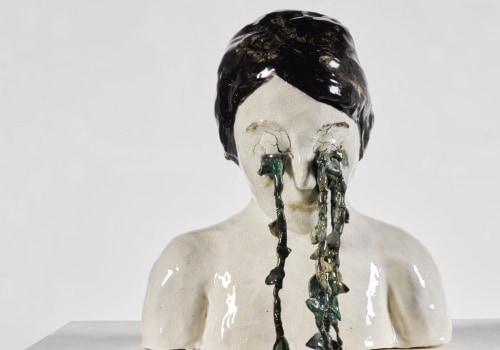
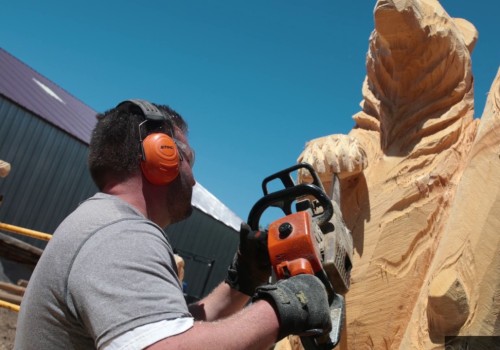
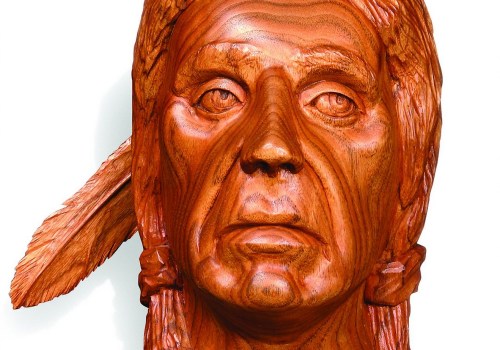
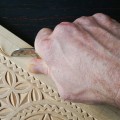

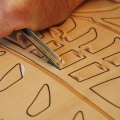

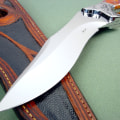

Leave a Comment